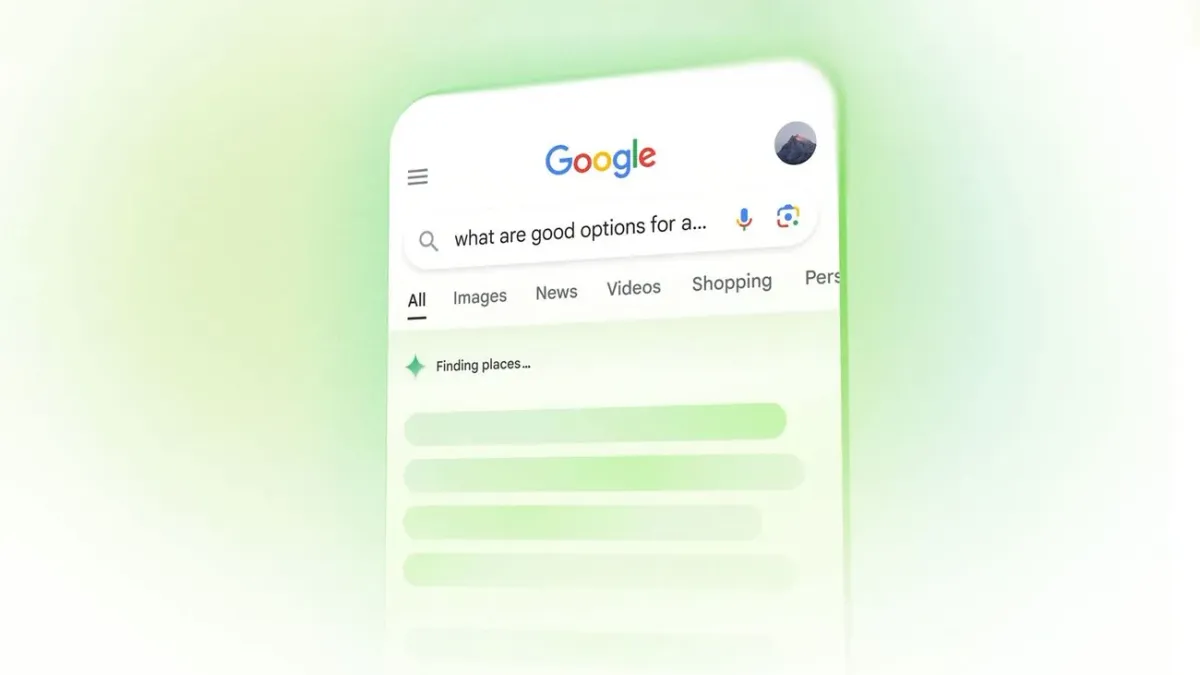Instagram is now searchable on Google Search
Google is indexing Instagram Reels, captions, and bios on search results. This changes how brands approach social

Instagram content is now officially part of Google Search and that changes everything.
On July 10, Google began indexing content from public business and creator accounts, including Reels, captions, alt text, bios, and carousels. The update applies retroactively to posts as far back as 2020, meaning a brand’s Instagram archive is now fair game for organic discovery on the world’s most powerful search engine.
This article explores how the integration impacts content strategy for marketers and creators alike, what new opportunities (and risks) it introduces, and why every post now needs to function like a search-optimized landing page.
Short on time?
Here’s a table of contents for quick access:
- What changed and why it matters
- SEO meets social: a new discovery model
- What marketers should do now
- Rethink your archives: the hidden value of old content

What changed and why it matters
Google now indexes Instagram content from public-facing professional and creator accounts. This includes:
- Reels and carousel posts
- Captions and comments
- Bios and tagged information
- Alt text from images
This move pushes Instagram content into open web search and positions posts, which were once confined to the app’s ecosystem, as search engine discoverable assets.
As Hypetap’s Bryce Coombe put it, “Google's announcement last week that Instagram Influencer content will be indexed and included Google search is a seismic shift in the role and impact that Influencer content has with brands. And it's happening in the same year when Influencer Marketing spend is projected to surpass traditional media production spend! Clearly, Influencer is coming of age by generating impact, advantage and results.”
For brands, this elevates Instagram from an engagement channel to a discoverability engine. Every post now has the potential to attract high-intent audiences beyond the app and without any ad spend.

SEO meets social: a new discovery model
“This is a structural shift in how brands are discovered online,” said Jack Reid, SEO Director at Orange Line. “We can expect to see more Instagram posts optimised like traditional landing pages: clear keyword targeting, relevant hashtags, and links to owned channels.”
Marketers must now think about:
- Captions as meta descriptions: Keyword-rich, relevant, and crafted to match search intent
- Alt text for images: No longer optional—it plays a role in how visual content ranks
- Tagging and geo-data: Enhances context and boosts visibility across local and niche search queries
“Instagram becomes not just a brand-building tool, but an SEO asset as well,” Charlie Ransom of Kinesso shared.
What marketers should do now
Here are five essential actions for marketers adapting to Instagram’s new searchable role:
1. Treat every post like a mini landing page
That means clear headlines (in captions), keyword targeting, and links where possible. Optimize posts the way you’d optimize blog content.
2. Align SEO and social teams
Plan social campaigns and content calendars around real-time search data. Incorporate keyword research into every post brief.
3. Revise creator briefs
Ensure influencer partnerships include keyword usage, branded hashtags, and tagged mentions.
4. Audit and refresh older posts
Instagram posts from 2020 onwards are already being indexed. Take another look at high-performing past content and update captions, hashtags, or alt text to align with current SEO goals.
5. Monitor tone and context
What once lived briefly in social feeds now shows up in wider search contexts. Fun, sarcastic, or edgy content could misfire out of context. Perform a risk audit of past posts, especially if brand safety is a concern.
Rethink your archives: the hidden value of old content
This update rewrites the shelf-life of social content. What was once ephemeral, like a single product review or launch post, now lives longer and reaches wider. As Nathan Powell of Fabulate put it, “Instagram posts from professional accounts now showing up in Google Search means social content is no longer ephemeral. It becomes part of your permanent digital footprint.”
Older content can now resurface and gain traction via search. But only if it’s properly structured.
That means:
- Updating old posts with SEO-aligned copy
- Consolidating content into topic clusters
- Reformatting top-performing posts as educational or evergreen assets
Instagram’s emergence as a searchable platform is a game-changer. It requires marketers to blend the agility of social with the discipline of SEO.
It’s no longer about fleeting engagement but lasting discoverability.
Marketers who treat Instagram content like search-optimized assets and are backed by consistent branding, keyword strategy, and collaboration across teams will not just keep up. They’ll lead.





